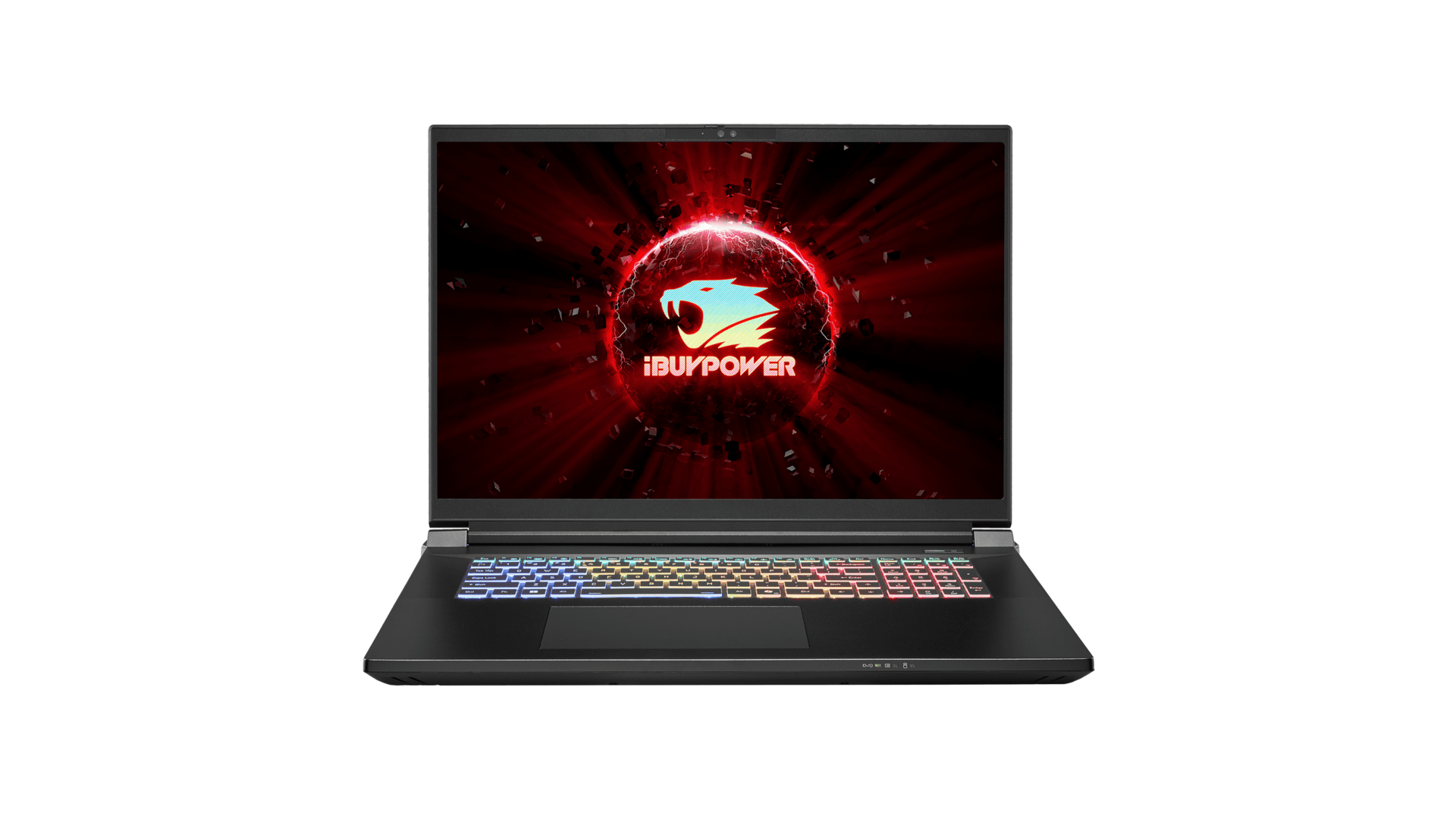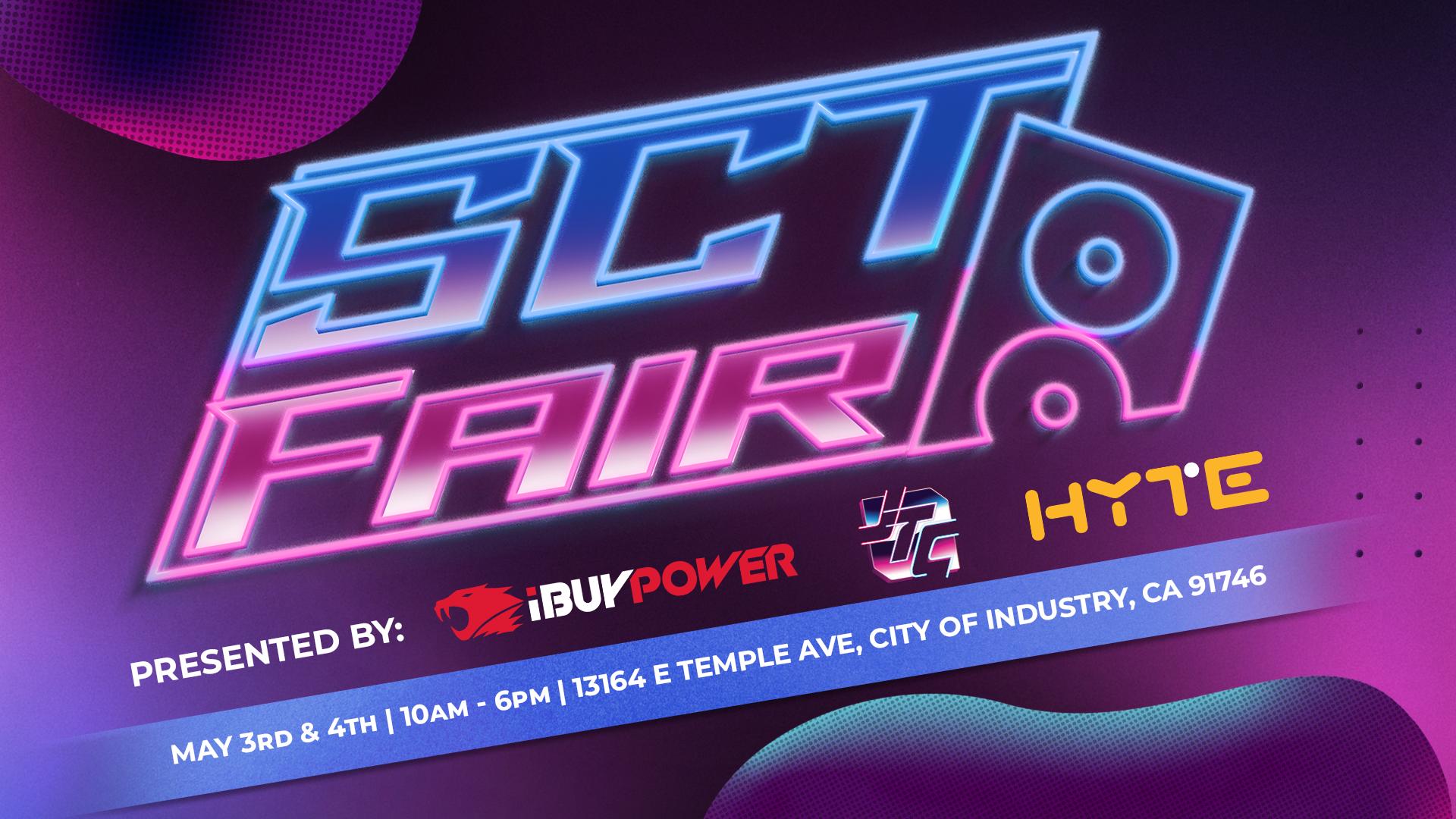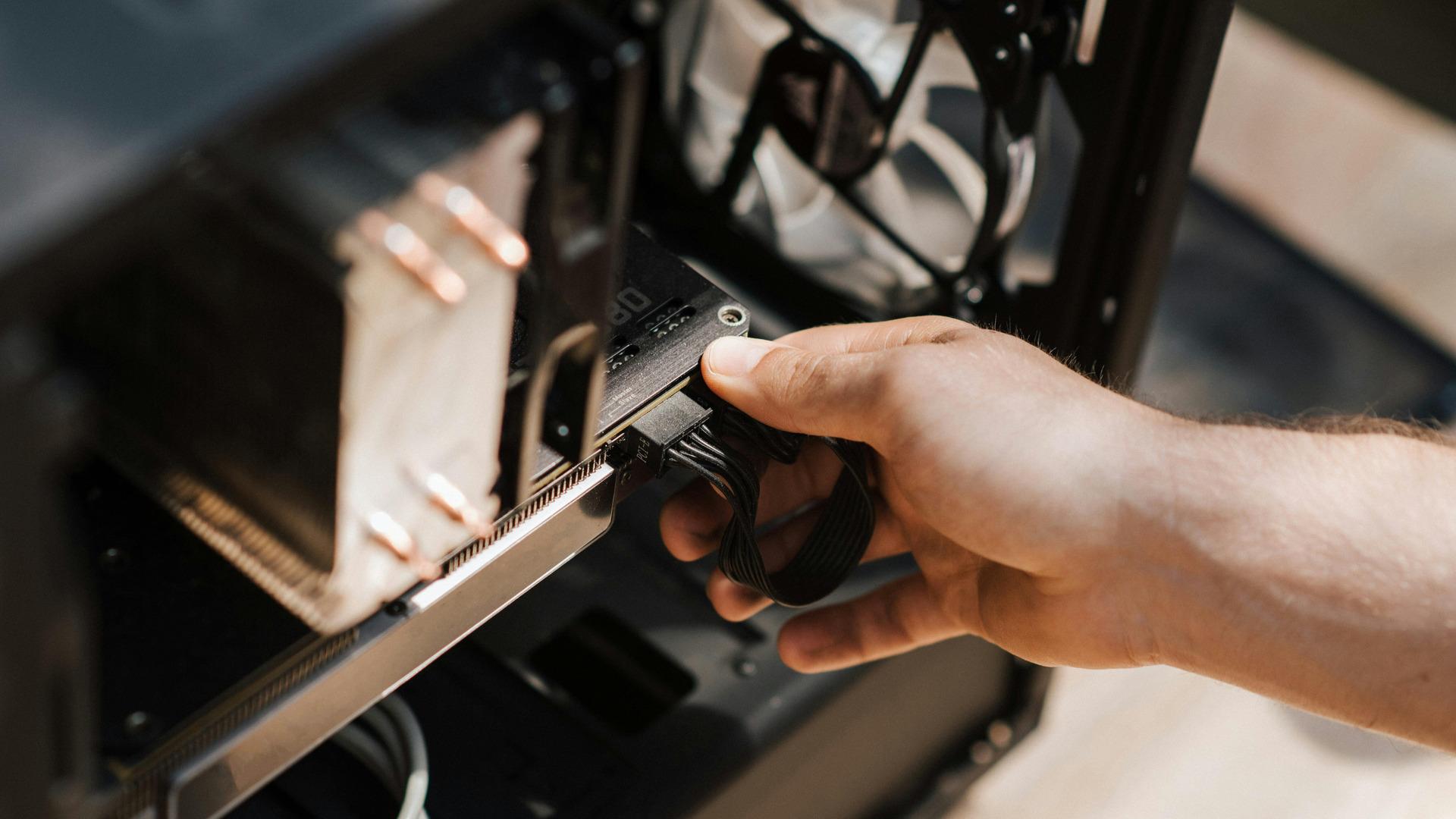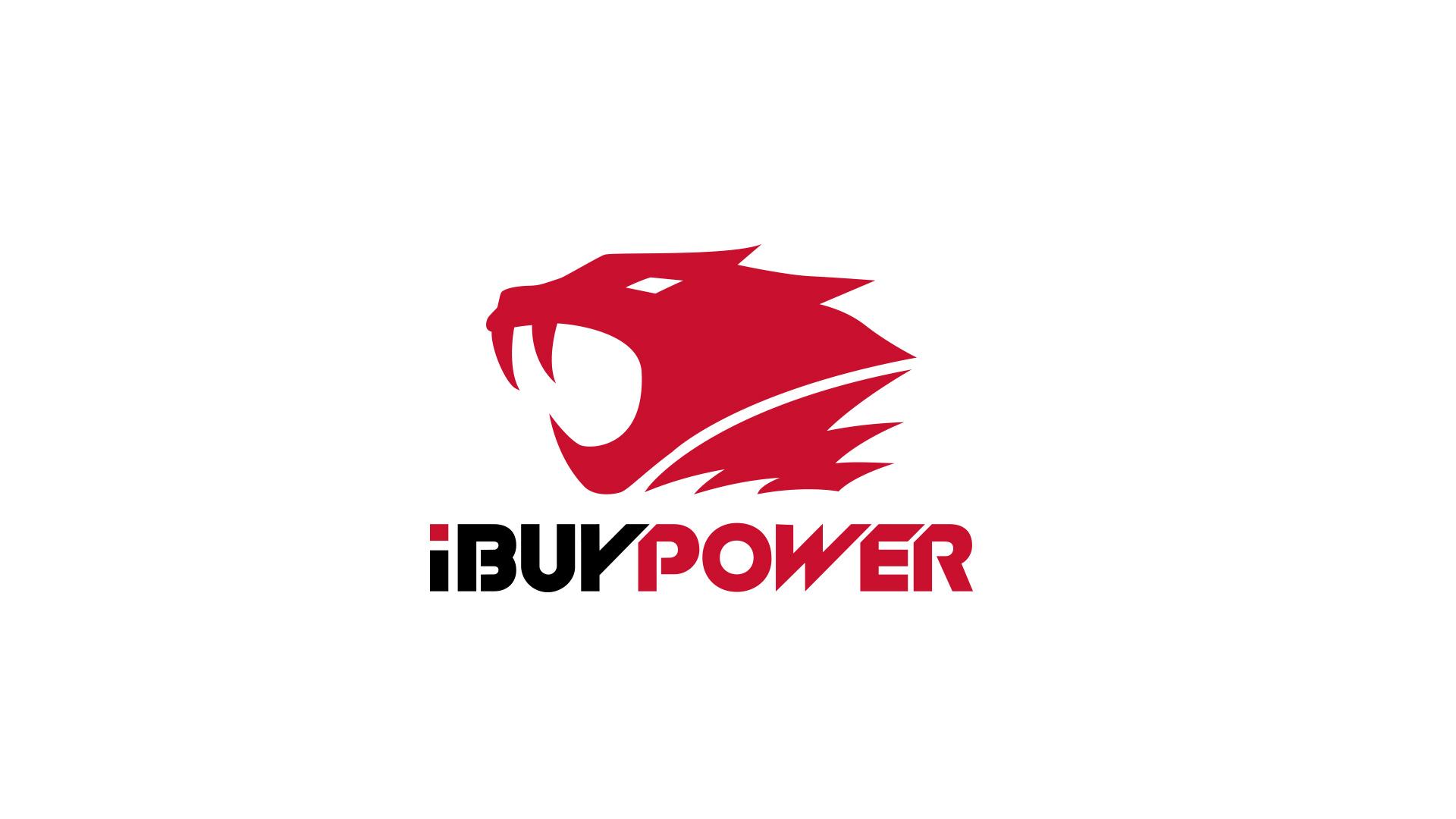When it comes to finding a good computer processor, Intel is one of the first that comes to mind for many. Leading the market in traditional computing and high-demand gaming, Intel continues to push the competition. Coming out with powerful processing technologies every year, they’ve created quite the name for themselves within the industry. As popular as they are, even the most diehard Intel fan may have trouble deciphering the processor names. Here, we’ll be clearing the confusion by delving into their history, dissecting their naming scheme, and utilizing that info to find the perfect processor for your needs!
Background on Intel Processors
Founded by Robert Noyce and Gordon Moore in 1968, Intel Corporation was created to focus on semiconductor memory before shifting to microprocessors. In 1978, Intel’s first microprocessor, the 8086, marked the beginning of the x86 architecture. It had a 16-bit architecture and laid the foundation for future generations of processors. From there, Intel followed up with the 80286 and 80386 before launching the Pentium brand in 1993. Pentium continued to push the fold when it came to computing technology for a little over a decade.
Finally, in 2006, Intel released the Core series, their flagship lineup of CPUs. Intel introduced the Core 2 Duo and Core 2 Quad processors, a significant departure from the Pentium 4 architecture. They soon followed up with the Core i-series processors, which introduced a tiered system with the i3, i5, and i7th brands, targeting different performance levels. Intel continues to release generations of processors with improved performance, power efficiency, and integrated graphics, playing a huge role in shaping the technology landscape today.
Understanding Intel Naming Conventions

We’ll start at the beginning with the brand name. With modern-day processing, you’ll mostly be dealing with the Intel Core brand. You’ll be able to find the Intel Xeon brand if you’re looking for workstation and server levels of performance. Next is the brand modifier. This will read either i3, i5, or i7. The higher the number, the more powerful the processor. After that, you’ll have the 4- to 5-digit number that is split into two parts. The first two numbers represent the generation the CPU belongs to. For the image above, it belongs to the 13th generation of Intel CPUs. The two or three numbers after that are largely unimportant, but they do represent specific models.
Lastly, the suffix of this line will tell you a little extra about what the CPU is designed for. Often when it comes to this section it will either not be there or have a K, F, or both. If the CPU has a K, it means the CPU can be overclocked and if it has an F, it means it requires discrete graphics, aka a GPU.
The last thing you need to know is the socket type the CPU fits into. When you shop for motherboards, there will sometimes be a socket filter you can use and it will have options like LGA 1200 and LGA 1700. These correspond with generations of CPUs and their physical designs. For example, LGA 1200 covered Intel Processors up to the 11th generation. After that, Intel switched over to the LGA 1700 socket type to support 12th and 13th Generation Intel Desktop Processors. Most PC builder tools will flag when you have an incompatible CPU and motherboard, but it’s always good to know why.
What is the Latest Intel CPU?
The latest CPUs from Intel would be the 13th Gen Intel Core processors. Intel’s most recent generation of processors utilizes up to eight Performance-cores and up to 16 Efficient-cores within its updated performance hybrid architecture. It fully supports DDR5 and uses the new LGA1700 socket. Due to its flexible architecture and and industry-leading tools for in performance customization, this is the processor that will allow you to create a computing experience that fits your needs. This chip was built for modern gaming as well as a superior creating experience for maximum multitasking capabilities. No matter if you’re a hardcore gamer or a professional content creator, the 13th Gen Intel Core processors are a great option for your next PC build!
Understand Your Next Intel-Powered PC
Understanding your computing needs is the first step in building a gaming PC. Now that you know what to look for in the Intel processor name, you’re better equipped to make the right decision for your next build. Especially if you have some specific needs, you’ll get more bang for your buck using this information. Here are some examples of Intel gaming PCs that are perfect for your lifestyle
Best for Entry-Level Gamers: Gaming RDY SLMBG213
Best for Intermediate Gamers and Casual Browsing: Gaming RDY SLHBG227
Best for Competitive Gaming: Intel 13th Gen Extreme Gaming PC
Best for Content Creators: Creator RDY Y40BG201
Not quite ready to get your hands dirty with PC building? Explore Intel pre-built gaming PC options with iBUYPOWER! We have a wide range of gaming PCs to fit your budget and your gaming needs. We also have a custom PC builder tool if you already know what parts you want, but aren’t comfortable with building a PC. Start with the Intel processor you want before customizing the rest!







